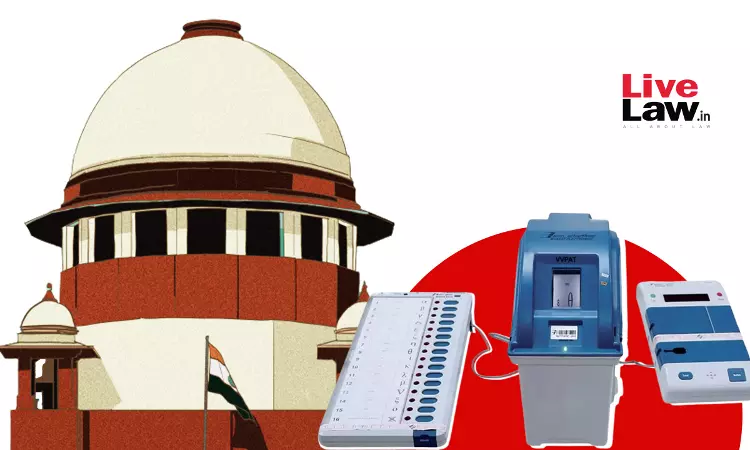- Home
- /
- Top Stories
- /
- Reasons Given By Supreme Court To...
Reasons Given By Supreme Court To Reject Manual Counting Of All VVPAT Slips
Debby Jain
26 April 2024 9:09 PM IST
Delivering verdict on the pleas for 100% cross-verification of EVM data with VVPAT records, the Supreme Court has declined to increase the number of VVPAT slips undergoing count per assembly segment in a parliamentary constituency.As mentioned in the earlier reports, a bench of Justices Sanjiv Khanna and Dipankar Datta rendered two separate, concurring judgments in the matter. Although...
Next Story



